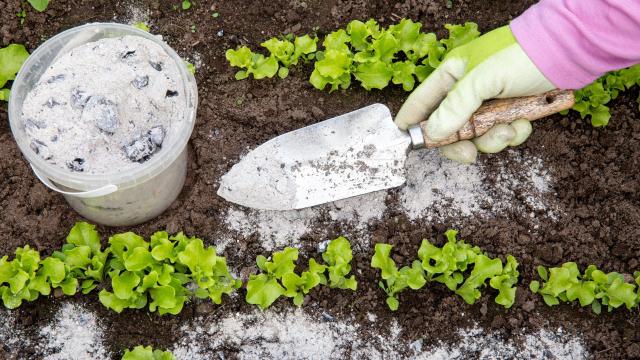Fertiliser can help promote healthier and stronger plants by giving them a well-balanced level of nutrients, encouraging root strength and longer blooms. The general consensus is that you should fertilize your plants during the growing season, which is early to mid-spring, but in reality it’s not that simple: Each plant has different fertilizing needs, and getting it right is a bit of a science.
The difficult part is knowing whether you’ve given too much or not enough, so here’s how to tell if your plants are starving for nutrients or getting too much food.
How can you tell when your plant needs fertiliser?
The plant information site Garden Guides explains plants need a proper balance of minerals, the most important minerals being nitrogen, phosphorus, and potassium. There are several reasons for a potential lack in minerals, including poor soil conditions, an imbalance of PH levels, or a drought. When plants have a deficiency of these nutrients they can’t exactly cry and tell you they’re hungry, and the signs aren’t the same as a lack of water or not enough sun.
According to Garden Guides, nitrogen deficiency will result in yellow leaves starting at the tips then reaching the stem. A lack of phosphorus, on the other hand, will “cause nitrates to accumulate in the plant, giving it a dull, dark-green,” and sometimes the leaves will turn a purple colour. When potassium levels are too low, you might start to see small spots develop on the leaves that grow over time and create large patches of discoloration.
When these signs show up, biotech company Greenway suggests adding soil amendments and slow-releasing fertiliser to slowly nurse your plants back to health.
What is ‘fertiliser burn’?
The other side to fertilizing your plants is giving them too many nutrients, creating what’s called “fertiliser burn.” Applying too much fertiliser can suck moisture out of your plants, causing them to dry up and look burned (hence the name). The leaves will tend to look beige or brown, and shrivelled. Over-fertilisation can also look like white streaks in green leaves.
Den Garden recommends scooping out any visible fertiliser, then “leaching” the soil when these signs appear. Leaching involves watering as much as possible without drowning the plant to flush out the excess plant food past the root system. Outdoors, the drawback to leaching and excess chemical fertilisers are the adverse effects on waterways. Fertilisers can disrupt the natural ecosystem of algae and kill fish and nautical wildlife. To avoid over-fertilisation, try a slow-release fertiliser or using natural organic compost for plant nutrients.

Leave a Reply
You must be logged in to post a comment.